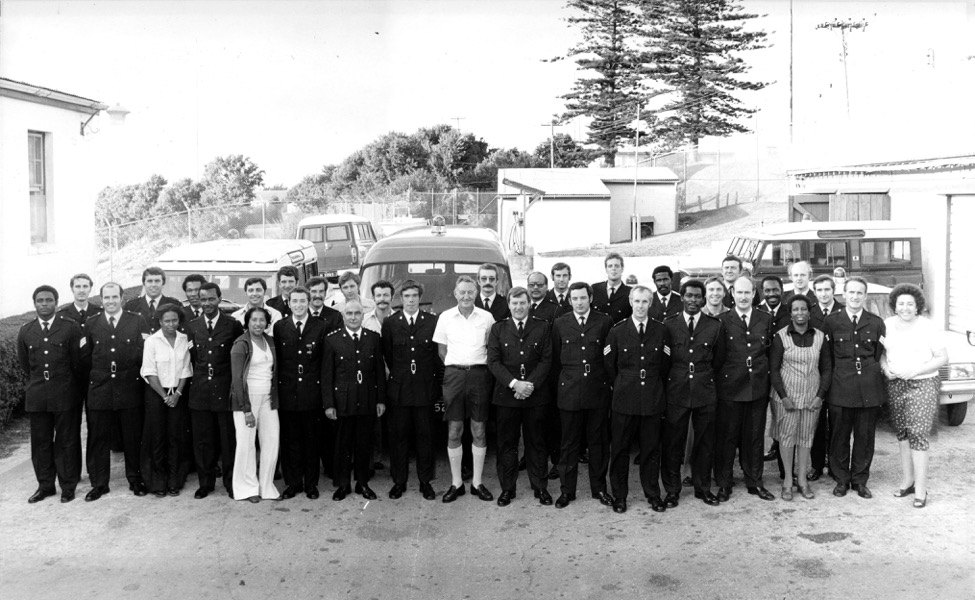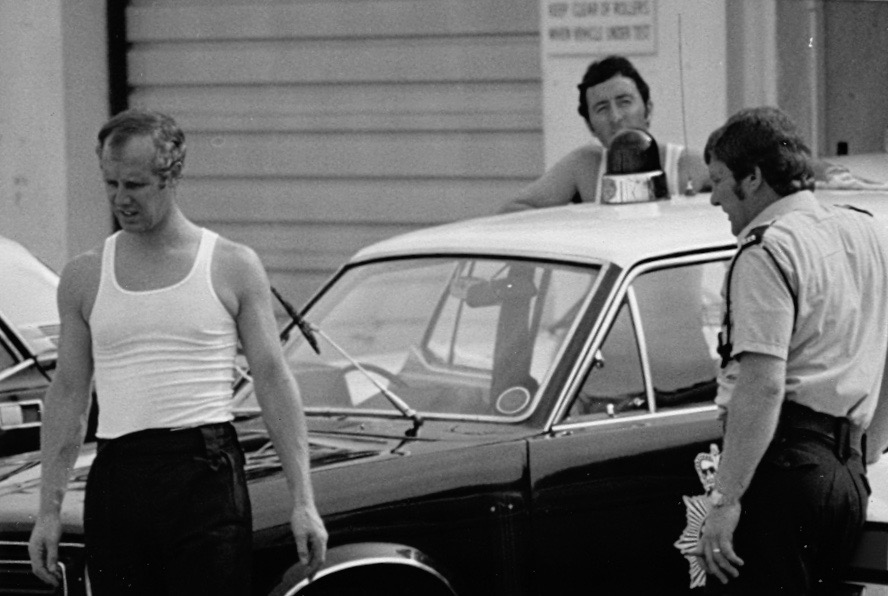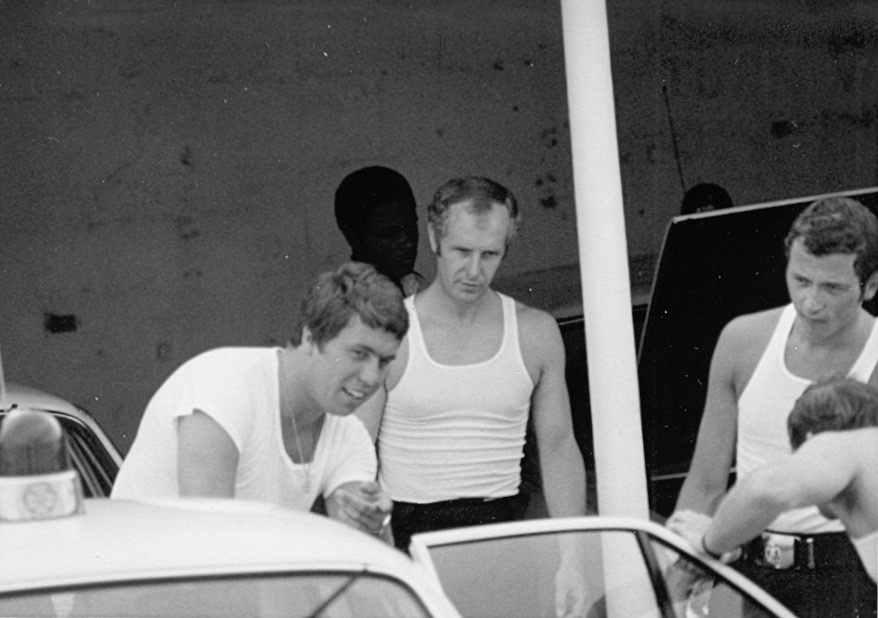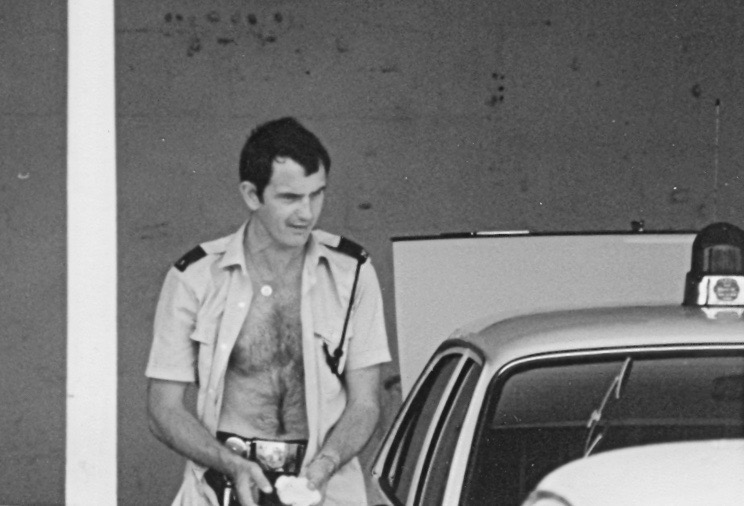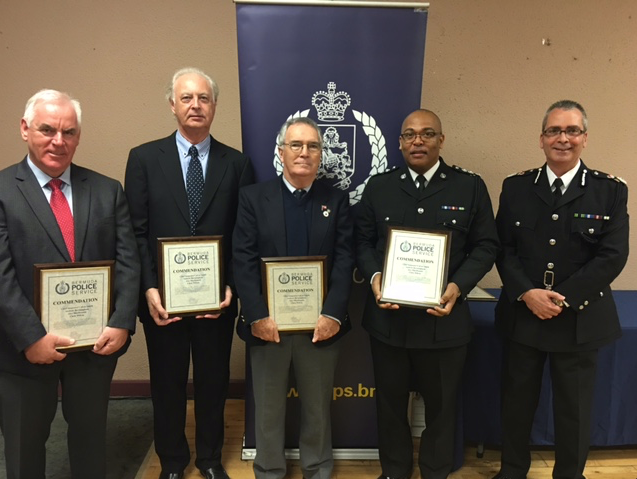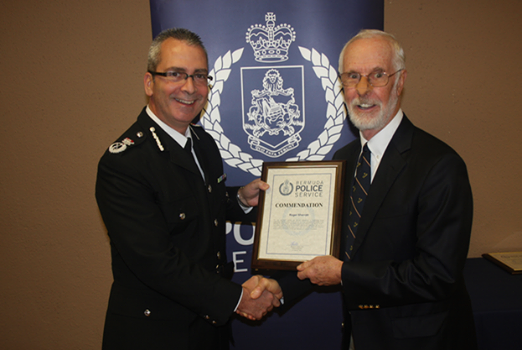Where were you on 30th July 1966
Most of us can still remember where we were the day President Kennedy was assassinated, and when Neil Armstrong first set foot on the moon, but how many of us can recall exactly where we were when history was made on 30th July 1966 at Wembley Stadium in England? This was, of course, the momentous day when England played Germany in the Final of the 1966 World Cup.

I was a young police constable in Bermuda at that time, living in Henderson Block in the Police Barracks at Prospect, and working as a duty driver in Central Division. Off duty constables would often spend their leisure time at Elbow Beach Hotel where we were allowed to mingle with tourists on the beach, and where playing volleyball was a regular pastime with staff from the hotel along with visitors.
One such visitor was the American actor, Tony Curtis who patiently waited his turn to join us in a game. Most of you will no doubt remember our good friend Mickey Caines who ran the beach concessions. It is fitting that after Mickey died a few years ago, the hotel built an excellent restaurant right on the beach and named it Mickey’s in memory of a great guy who befriended everyone and was also an outstanding football player. If you now live overseas but plan to visit Bermuda any time soon I would strongly recommend eating at Mickeys.

On the day of that epic Final at Wembley it was impossible to watch it live on TV in Bermuda even though this was the first ever World Cup to be transmitted around the world by satellite. In fact it’s estimated that more than 400 million people around the world in 75 countries were glued to the screen that day and were also able to watch slow motion replays for the first time - in black and white of course!
Fortunately, the game was also broadcast live on BBC radio around the world and a group of us were invited to listen to the match at Elbow Beach Staff Quarters along with an exuberant group of German staff and friends. We Brits (Limeys) were hopelessly outnumbered. I would have to say that we were only cautiously optimistic but at least we were playing on home soil.
The match totally lived up to expectations and was a classic between two well-matched teams. We were all glued to the radio and to the dulcet tones of “The Voice of Football” during that era, Kenneth Wolstenholme. Our only problem was that reception was by no means perfect and the noise of the spectators often drowned out Mr. Wolstenholme’s superb commentary.
Our Limey contingent was disappointed when Germany went ahead 1-0, this being only the second goal scored against England during the World Cup campaign, and the first time we had been behind. Our spirits were lifted when England first equalized and then went ahead 2-1 with just minutes to go.
The crowd noise was almost deafening so it was impossible to hear exactly what was going on, but with just seconds to go there was an enormous roar and it was obvious someone has scored. We could eventually make out that Germany had equalized and the game was going into overtime.
Another huge roar heralded the first goal in overtime and it was a minute or so before we could hear that Geoff Hurst had scored again, his second of the match, to bring the score to 3-2. It has to be said that this goal has been hotly disputed from that day to this as it hit the crossbar and ricocheted down to the goalline. It was deemed to have crossed the line only after the referee consulting with his linesman. Modern technology has been used quite recently to analyse the decision and it appears that the ball never completely crossed the line.
We were not aware of any dispute at the time, but again, with just seconds to go, there was yet another almighty roar for another goal and once again we had no idea who had scored except it was hard to believe that German fans at Wembley could have made such an almighty ruckus. The crowd roar was so deafening that we never heard the immortal words uttered by Kenneth Wolstenholme, “Some people are on the pitch. They think it’s over …. and it is NOW”!

It was with great relief that we Limeys could finally make out that Geoff Hurst had scored his third goal with a blistering drive to put England ahead 4-2 and cement his name in football history as the only player from that day to this to have scored a hat trick in a World Cup Final. Fittingly, Kenneth Wolstenholme later wrote his autobiography entitled, “They Think It’s Over”!
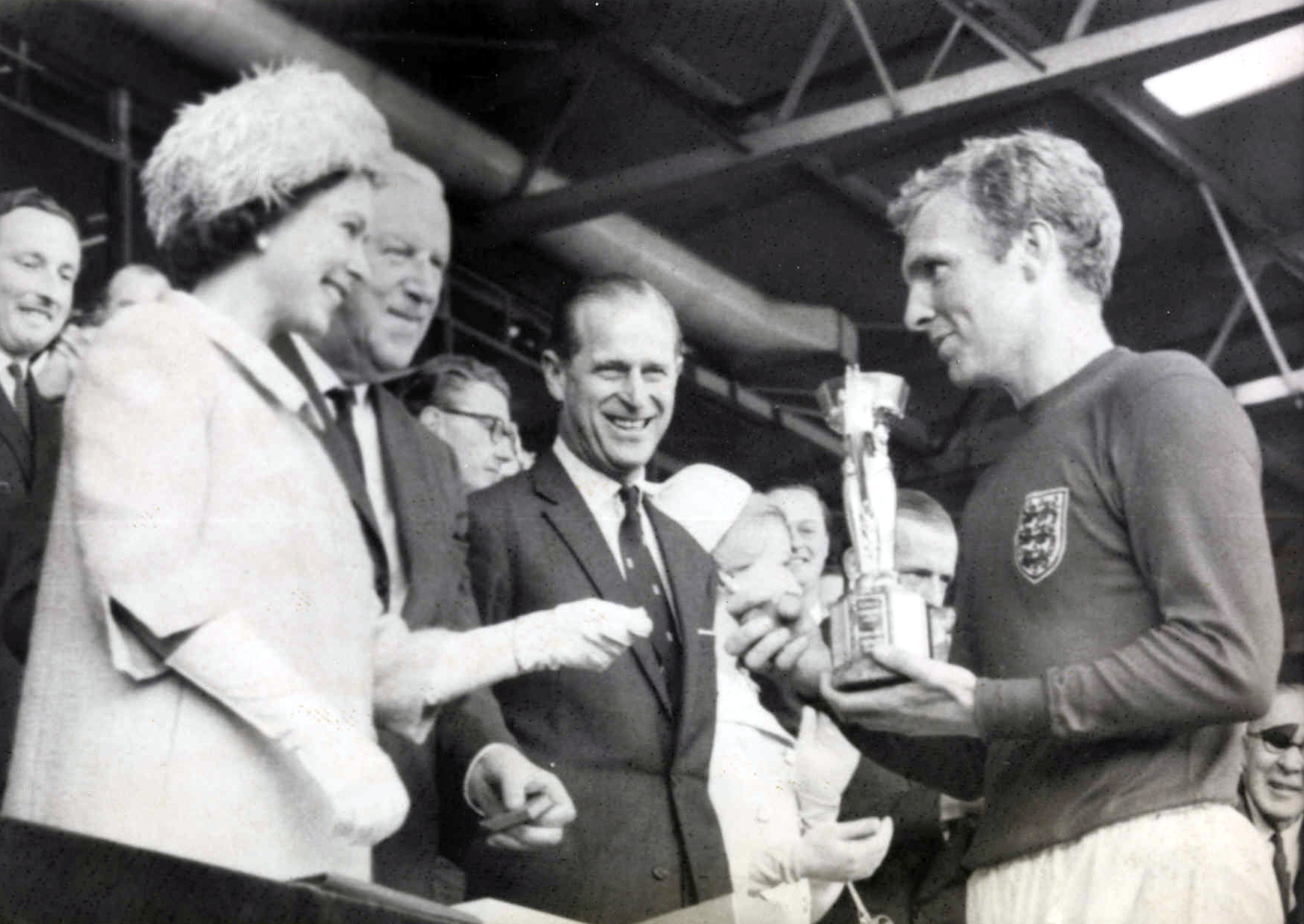

Fifty years later, a series of events are being held around the UK to celebrate our only ever World Cup Final victory, and I had the privilege of attending one such celebration - a Gala Dinner at the Kings Hall in Stoke-on-Trent held on Friday 22nd April 2016. Guests of honour were five of the players from the 1966 World Cup Squad. As a “Stokie” it was great to see and have a brief chat with the legendary England goalkeeper, Gordon Banks, who came to play for Stoke City shortly after the World Cup. I had met Gordon previously on a visit to my home town of Biddulph where he had built and opened a squash club by the 1970’s.
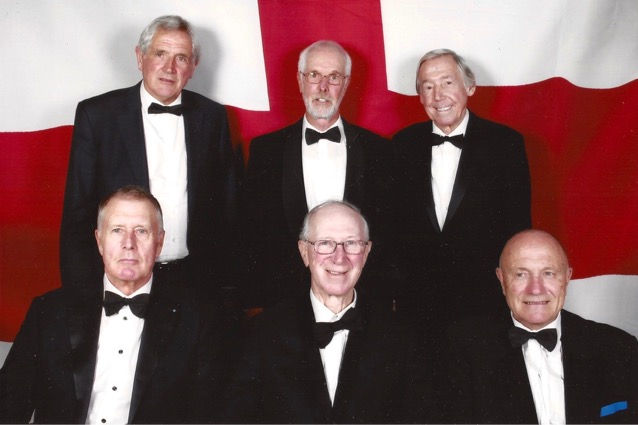
Also in attendance at the event were Sir Geoffrey Hurst, Jackie Charlton, George Cohen and Norman Hunter, all of whom were interviewed onstage and fondly reminisced about the 1966 World Cup campaign. Sir Geoffrey was the first one to say that although he was classed as the hero of the Final with his 3 goals, the real heroes were the brilliant players who were the backbone of the team, such as Bobby Moore, a truly inspirational captain who was described by Sir Alf Ramsey as “the spirit and heartbeat of the team”, Nobby Stiles in defence, and Alan Ball who was indefatigable. Sir Geoff and everyone present also agreed that Sir Alf Ramsay was a superb manager who brought the absolute best out of his team.

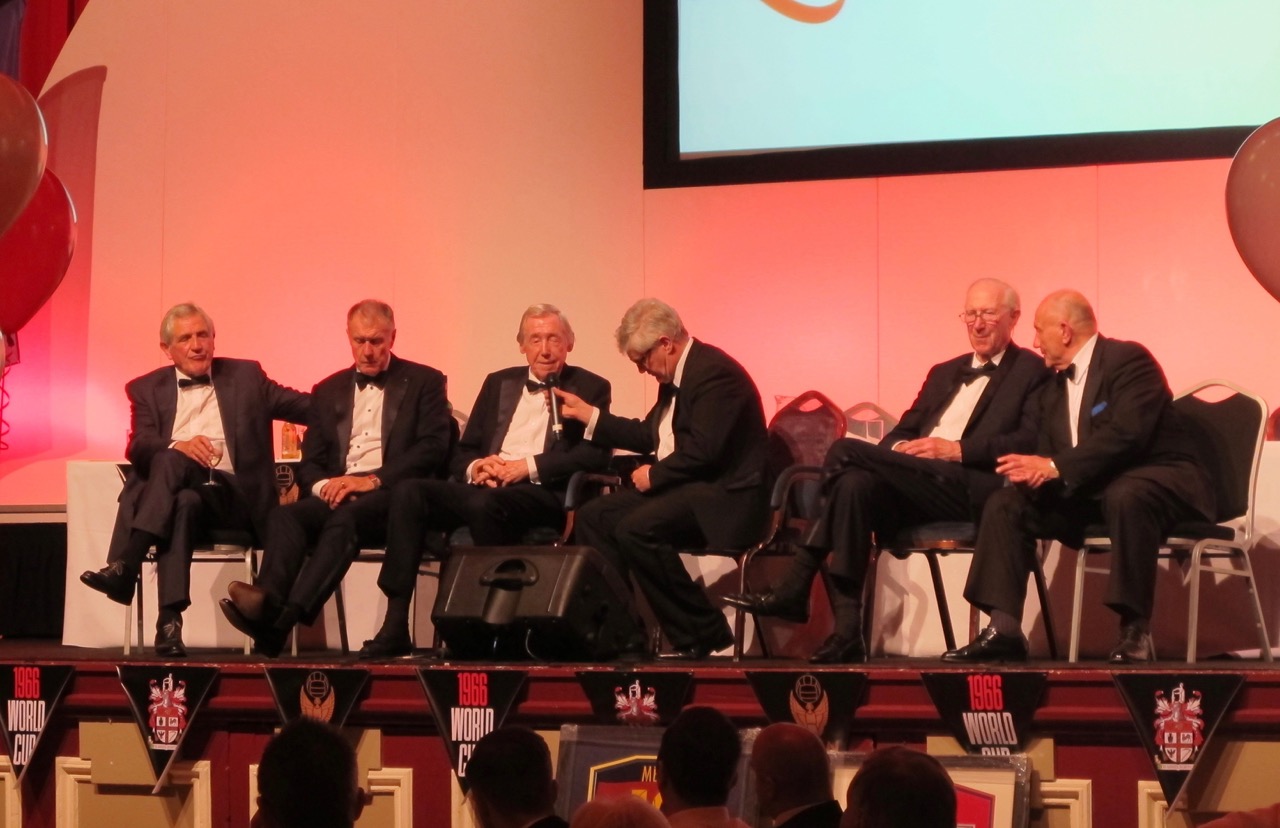
It’s hard to imagine in this day and age when international players all receive mega-salaries, that pay for our 1966 heroes in no way compares to today’s multi-million dollars salaries.
The England Squad were paid £600 for each World Cup match played, and $1,000 each for those who played in the Final. Of course this was much better than the pay for top footballers in England prior to 1961 when the maximum was £20 pounds per week. My pay as a Police Constable in the Staffordshire Police in the early 1960’s was almost £10 pounds per week.
There were no substitutes during the 1966 Final, and only the eleven players who took to the field for England that day received World Cup Winners medals. It wasn’t until 10th June 2009 that all players and staff were presented with World Cup Winners medals during a ceremony held at #10 Downing Street. Ironically, of the original 11 players to receive medals only three players have retained them and they are Bobby and Jackie Charlton and Roger Hunt, Some of the former players sold them to museums for posterity while others fell on hard times and sold their medals privately. It’s hard to imagine today’s England players selling their medals to help support their families. How times have changed!
I have tried to describe my own personal recollections of listening to that epic World Cup Final way back in 1966, and I would encourage our readers to write in and let us know where you were and what you can recall of the day when England ruled the world in football!
On a personal note I would like to thank my good friend, recently retired Chief Superintendent Steff Lingren of the Staffordshire Police who was one of the organizers of the event. Steff not only kindly obtained a ticket for me for the Gala Dinner, but also obtained a ticket for me to watch Stoke City playing Spurs at a time when Spurs were pushing hard for the Premier League title. The result was not what I had hoped for, with Spurs playing superbly and winning 4-0, but without exception the Stoke fans around me agreed that Spurs were the best team they had seen all season at Brittania Stadium. As of this writing Leicester City upset all the odds (at 5,000 – 1 against) and clinched the Premier League title with two more matches to play. A remarkable achievement, as was England winning the World Cup 50 years ago.
